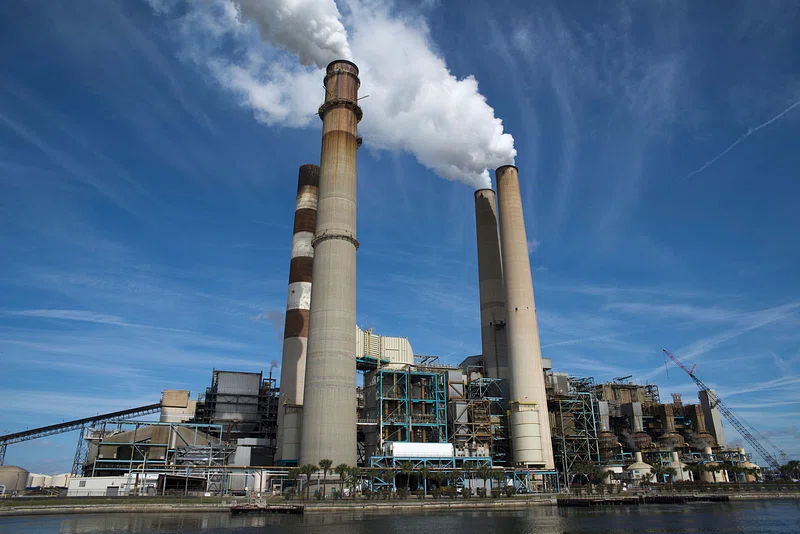
It isn’t the mushroom cloud or the roar of cannon that most subtly reconstitutes the world it is the persistent churn of a war economy, consuming forests, poisoning oceans, and upsetting climate regimes. Greenpeace’s latest analysis warns that Russia’s shift to an entire war economy is not only a geopolitical threat; it is a global one. The report identifies a “vicious circle” of resources plunder, repression, and militarism that propels accelerated environmental degradation, undermines biodiversity, and destabilizes global systems.

1. The Carbon Burden of Militarism
Russia’s environmental cost of militarization begins much sooner than war. Producing and sustaining armed forces takes massive amounts of hydrocarbons, metals, and rare earths. Military planes, ships, and vehicles consume oil with poor energy efficiency, contributing disproportionately to greenhouse gas emissions. The world’s military emissions have been estimated at 5.5% of all GHG production but are still not reporting to the UN Framework Convention on Climate Change. Russia’s war with Ukraine alone generated 230 MtCO₂e in its first three years roughly equal to the combined three-year annual emissions of Austria, Hungary, Czech Republic, and Slovakia.
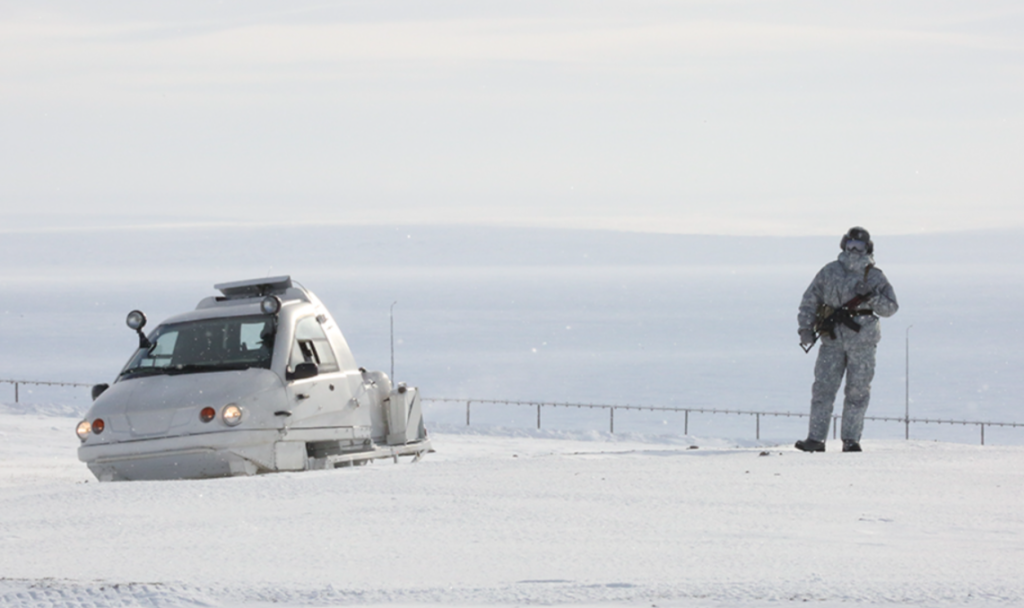
2. Forests, Permafrost, and the Arctic Front
Nearly half of Russia’s territory is forest, a gigantic carbon reservoir intermixed with tundra, wetlands, and permafrost. Kremlin policy deems over half of those forests to be exploitable, as un-contained fires sweep through them and permafrost thaws at four times the global rate. Militarization of the Arctic contributes to ecological vulnerability, as oil and gas exploration, military camps, and broken international cooperation displace Indigenous peoples and fragment habitats.
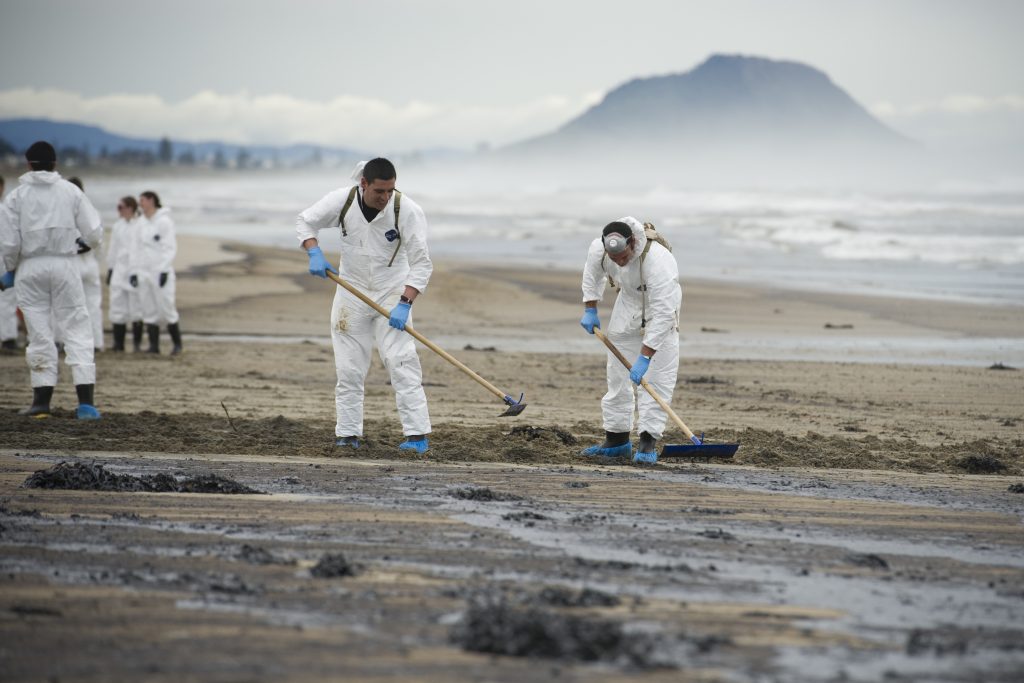
3. Oil Spills and Wastage of Infrastructure
Graft and disassembled control systems compound the risk of industrial disasters. In December 2024, a storm had wrecked two tankers in the Kerch Strait, spewing out thousands of tons of heavy fuel oil into the Black Sea. Cleanup was done by volunteers instead of state institutions, an indicator of systemic neglect in a fossil-fuel-based governance model.

4. Caspian Sea Pollution
Russia’s Caspian Flotilla, using Kalibr cruise missiles against Ukraine, has caused alarm over missile fuel poisonous contamination such as detsilin, a neurotoxic propellant. Massive seal die-off since 2022 has been blamed on environmental contamination, further generated by military conflict. Decreasing water levels through climate change and reduced Volga River inflow also threaten maritime transport and regional environment, making trade routes such as the Middle Corridor more challenging.

5. Ecosystem Annihilation with Military Technology
Ukraine’s conflict has devastated reservoirs, irrigation systems, and agricultural land. Up to 25% of the Ukrainian territory is mined, constraining agriculture and soil contamination. Smallholder farmers become “double vulnerable”: exposed to direct war impacts and climate change. Humanitarian demining costs over $1,000 per hectare, and recovery is hampered by militarization diverting resources from civilian uses.

6. Biodiversity Collapse and Global Ripple Effects
Deforestation, hunting, and poaching escalate in conflict zones as the rule of law declines. National parks lose protection, and wildlife trafficking profits in ungoverned space. Russian and Ukrainian ecosystem degradation disrupts international grain supply chains Ukraine provided 40% of World Food Programme grain before the war leading to acute hunger for almost 47 million across the world.
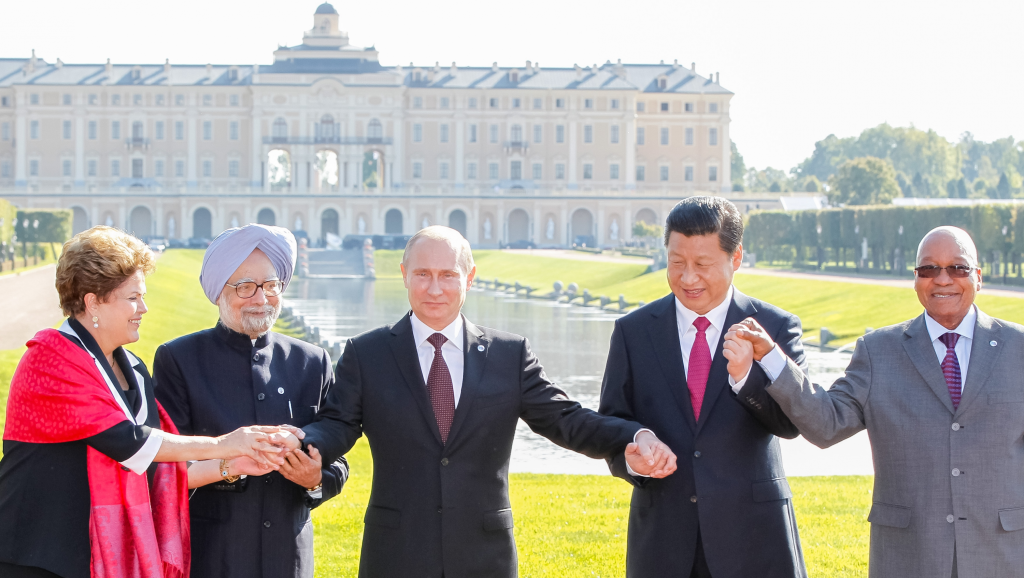
7. Destabilizing Global Climate Cooperation
At locations like G20 and BRICS+, Russia uses “resource sovereignty” to discredit binding climate and biodiversity agreements. State-run “green” institutions serve as propaganda, and genuine environmental governance is dismantled. Global actors remain complicit through Russian oil, gas, and raw material purchases, sustaining the cycle of war and repression.
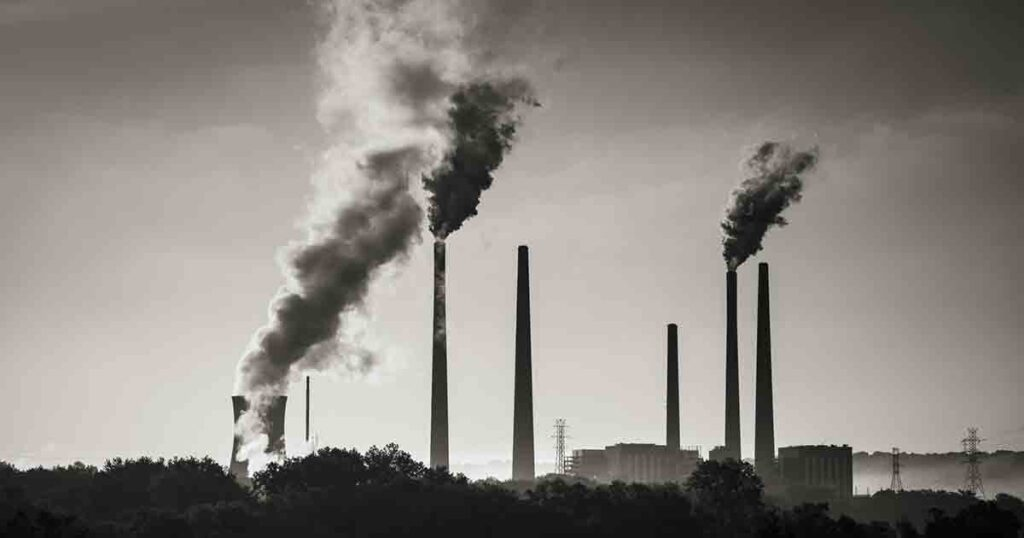
8. Military Pollution Legacies
In addition to direct conflict emissions, war leaves lasting pollution: PFAS residues of ammunition, heavy metals of exploded ammunition, and radioactive poisoning due to depleted uranium. Munition burns of surplus munitions and former dumping at sea account for long-term environmental remediation costs. These legacies may last for decades and can undermine post-conflict reconstruction.
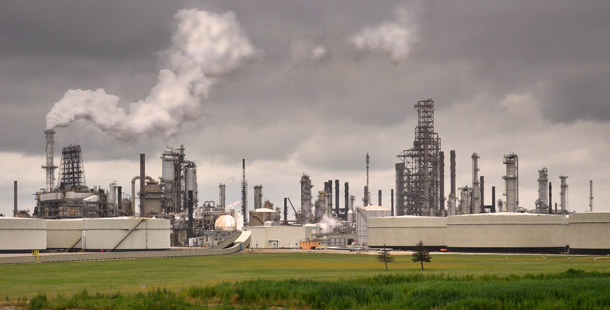
9. The Fossil Fuel–Militarism Nexus
Fossil fuels finance war, and war perpetuates fossil fuel dependency. Greenpeace and female peace activists call for a Fossil Fuel Non-Proliferation Treaty to sever this nexus, dismantling extractivist militarized regimes. Fossil fuel industry funds the extractivist, patriarchal, and imperialist system, says Mitzi Jonelle Tan, “The Fossil Fuel Non-Proliferation Treaty severs the lifeline of these abusive systems.”

10. Green Recovery Opportunities
Grassroots resistance persists both in Russia and occupied territory despite the repression. Solar power has been installed on hospitals and women technicians have been trained under bombardment by Greenpeace Ukraine, showing that renewable energy can be utilized even in war zones. Post-war reconstruction is a chance to “build back greener,” but only if there is the rebuilding of environmental governance and demilitarization.
Russia’s war economy is more than a national strategy it is a planetary hazard. The intertwining of militarism, fossil fuel dependence, and ecological collapse forms a self-reinforcing spiral, eroding the resilience of natural systems and threatening global stability. The Greenpeace report stands as both diagnosis and warning: without dismantling this vicious circle, the world risks sliding deeper into a climate and biodiversity crisis from which recovery may be impossible.


